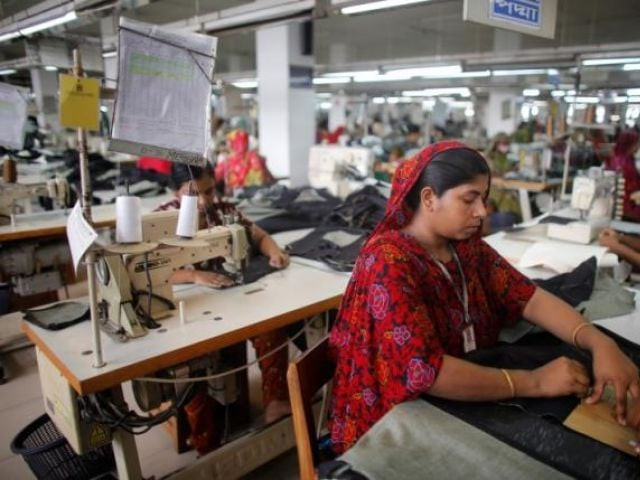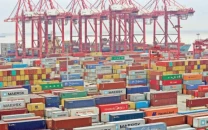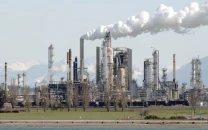Factory activity ends 2024 on weak footing
It comes amid risks from Trump presidency, China's fragile recovery

Factory activity in Asia, Europe and the US ended 2024 on a soft note as expectations for the new year soured amid growing trade risks from a second Donald Trump presidency and China's fragile economic recovery.
A manufacturing slowdown in the euro zone intensified last month, with scant signs of a rebound anytime soon as the bloc's three largest economies – Germany, France and Italy – remained stuck in an industrial recession. Manufacturing purchasing managers' indexes for December from across Asia published on Thursday showed factory activity slowing in China and South Korea although there were some signs of a pickup in Taiwan and Southeast Asia.
In the US, activity contracted for a sixth straight month to wind up another year of below-par production across the factory sector.
US President-elect Trump has pledged to impose tariffs across the board, with bigger barriers on imports from three major trading partners – Mexico, Canada and China.
The Caixin/S&P Global manufacturing PMI for China nudged down to 50.5 in December from 51.5 the previous month, undershooting analysts' forecasts and indicating activity grew only modestly. Gabriel Ng, Assistant Economist at Capital Economics, said Beijing's increased policy support in late 2024 provided a near-term boost to growth, which is likely to be seen in other fourth quarter indicators.
"And this improvement should carry over into early 2025," Ng said. "But the boost probably won't last more than a few quarters, with Trump likely to follow through on his tariff threat before long and persistent structural imbalances still weighing on the economy."
In Europe, HCOB's euro zone manufacturing Purchasing Managers' Index, compiled by S&P Global, dipped to 45.1 in December, just under a preliminary estimate and further below the 50 mark separating growth from contraction, where it has been since mid-2022. "Output in the euro zone remained under pressure at the end of 2024, held back by a continued slide in new orders in both the domestic market and in exports," noted Claus Vistesen, chief euro zone economist at Pantheon.



















COMMENTS
Comments are moderated and generally will be posted if they are on-topic and not abusive.
For more information, please see our Comments FAQ